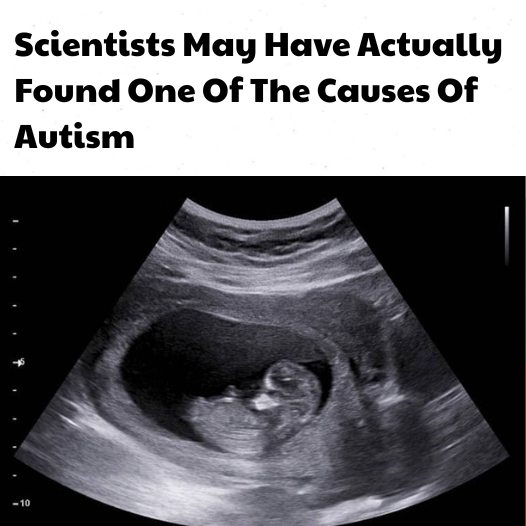“These findings suggest that the dynamics of diHETrE during the fetal period is important in the developmental trajectory of children after birth.”
Specifically, the authors found that higher levels of diHETrE were associated with difficulties in social interactions, while low levels were linked to repetitive and restrictive behaviors in children. Notably, this correlation was more pronounced in girls than in boys.
The umbilical cord samples were collected and preserved immediately after the children’s birth. ASD symptoms in these same children were then assessed at 6 years old with the help of their mothers.
Building on these results, the researchers suggest that measuring diHETrE levels at birth could soon become a valuable tool for predicting a child’s risk of developing ASD.
“The effectiveness of early intervention for children with ASD is well established and detecting it at birth could enhance intervention and support for children with ASD,” Matsuzaki added.
He also said that inhibiting diHETrE metabolism during pregnancy might be a promising avenue for preventing ASD traits in children, although more research will be needed in this area.
The study, published in Psychiatry and Clinical Neurosciences, builds on earlier research in mouse models that suggested PUFA and their metabolites during pregnancy play a crucial role in ASD development.
Sharing the motivation behind the research, Matsuzaki said: “CYP metabolism forms both epoxy fatty acids (EpFAs), which have anti-inflammatory effects, and dihydroxy fatty acids, or ‘diols,’ which have inflammatory properties.”
“We hypothesized that the dynamics of CYP-PUFA metabolites during the fetal period, that is, lower EpFA levels, higher diol levels, and/or increased EpFA metabolic enzymes would influence ASD symptoms and difficulties with daily functioning in children after birth.”
The study authors believe these findings “open a promising avenue” for unraveling the mysteries of ASD, potentially leading to improved diagnostics and treatment.
While he recognizes the area of research under focus in this study is emergent, James McPartland, professor of child psychiatry and psychology at Yale University School of Medicine, told Newsweek that the research does not provide information currently useful for diagnosing ASD.
“This is an exploratory study investigating potential mechanisms for autism clinical features that are not established and presently not well understood. Its significance lies in generating hypotheses to be tested in more rigorous future studies, but it provides limited information on which to draw conclusions or guide clinical decision-making,” he said.
McPartland also noted that prevention of ASD is not an objective of most autism clinicians and researchers. Instead, the primary objective is to advance research and develop insights that can enhance the quality of life for autistic individuals and their families.
“Of note, the autism diagnostic observation schedule used in this study is not a sufficiently sensitive and specific diagnostic tool when used in isolation. It is most reliable when combined with parent interviews and clinical judgment according to DSM-5 diagnostic criteria,” he added.
From the published data, it cannot be determined what proportion of the individuals studied would actually meet diagnostic criteria for autism. In this way, the study provides very limited information about potential diagnostic utility of these methods, he said.

